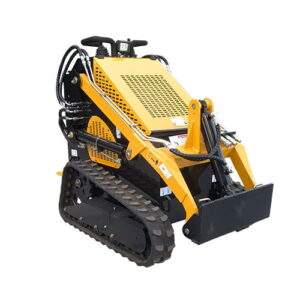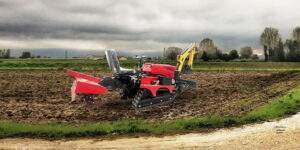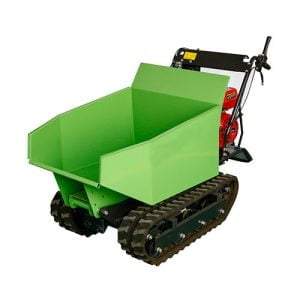How Spraying Agricultural Drones Revolutionize Crop Management
Welcome to My Blog!
Before we dive into the content, I’d love for you to join me on my social media platforms where I share more insights, engage with the community, and post updates. Here’s how you can connect with me:
Facebook:https://www.facebook.com/profile.php?id=61557298070472
Now, let’s get started on our journey together. I hope you find the content here insightful, engaging, and valuable.
Introduction
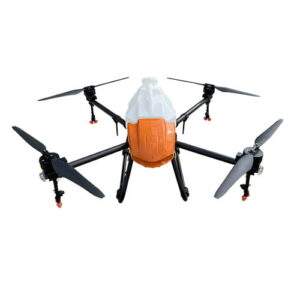
Spraying agricultural drones are transforming the way modern farmers manage their crops. By integrating advanced technology with traditional farming practices, these drones offer unprecedented efficiency and precision in crop management. This blog explores how spraying agricultural drones are revolutionizing the agricultural sector, highlighting their benefits, applications, and future potential.
The Evolution of Agricultural Drones
Spraying agricultural drones represent the latest advancement in precision farming technology. These drones are equipped with sophisticated sensors, GPS systems, and spraying mechanisms that allow for targeted application of fertilizers, pesticides, and herbicides. Their evolution from basic aerial imagery devices to high-tech sprayers marks a significant leap forward in agricultural efficiency.
Key Developments:
- Early Drones: Initially used for aerial imaging and crop monitoring.
- Enhanced Capabilities: Modern drones feature advanced spraying systems, real-time data collection, and automated flight paths.
- Integration with AI: AI-driven drones now offer predictive analytics and automated decision-making.
Benefits of Spraying Agricultural Drones
Spraying agricultural drone provide numerous benefits over traditional spraying methods. Their precision and efficiency contribute to better crop management and reduced environmental impact. Here’s a look at the key advantages:
Benefits:
- Precision Application: Drones apply fertilizers and pesticides with high accuracy, minimizing waste and reducing the risk of over-application.
- Time Efficiency: Drones can cover large areas quickly, saving time and labor costs.
- Reduced Environmental Impact: Targeted spraying minimizes the use of chemicals, reducing runoff and pollution.
Key Features of Spraying Agricultural Drones
Spraying agricultural drones come equipped with various features that enhance their effectiveness. Understanding these features can help farmers select the right drone for their needs.
Features:
- Spraying Systems: Includes nozzle types, tank capacities, and spray patterns.
- Sensors and Cameras: Used for monitoring crop health and optimizing spray coverage.
- GPS and Navigation: Ensures precise flight paths and automated coverage.
Table: Key Features of Spraying Agricultural Drones
| Feature | Description | Benefit |
|---|---|---|
| Spraying System | Nozzle types, tank capacities, spray patterns | Efficient and precise application |
| Sensors and Cameras | Real-time monitoring of crop health | Accurate and timely data collection |
| GPS and Navigation | Automated flight paths and coverage mapping | Reduced manual labor and improved accuracy |
Applications in Crop Management
Spraying agricultural drones are used in various aspects of crop management. Their ability to perform multiple tasks with precision makes them invaluable tools for modern farming.
Applications:
- Fertilizer Application: Ensures even distribution of nutrients across crops.
- Pesticide and Herbicide Spraying: Targets specific areas, reducing chemical usage and protecting non-target plants.
- Crop Monitoring: Provides real-time data on crop health and growth conditions.
Case Study: Fertilizer Application
A recent study showed that using spraying agricultural drone for fertilizer application increased efficiency by 30% compared to traditional methods. The precision of drone spraying also resulted in a 15% reduction in fertilizer usage.
Integration with Precision Agriculture
Spraying agricultural drones are a key component of precision agriculture, which aims to optimize crop management through data-driven insights. By integrating drones with other precision agriculture technologies, farmers can achieve better yields and resource management.
Integration Aspects:
- Data Analytics: Analyzing data from drones to make informed decisions about crop management.
- Automated Systems: Combining drone technology with automated irrigation and monitoring systems.
- Mapping and Analysis: Using GIS and mapping tools to plan and execute drone operations.
Challenges and Considerations
Despite their many advantages, spraying agricultural drone also come with challenges and considerations. Understanding these factors can help farmers make informed decisions about their use.
Challenges:
- Regulatory Issues: Compliance with local regulations and obtaining necessary permits.
- Cost: Initial investment and maintenance costs can be high.
- Technical Expertise: Requires training and knowledge to operate and maintain effectively.
Considerations:
- Weather Conditions: Drones are less effective in adverse weather conditions such as high winds or heavy rain.
- Battery Life: Limited flight time due to battery constraints may require multiple charges or swaps.
Future Trends in Spraying Agricultural Drones
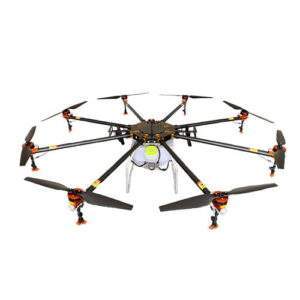
The future of spraying agricultural drones looks promising with ongoing advancements in technology. Emerging trends include increased automation, improved AI capabilities, and enhanced sensor technology.
Future Trends:
- Advanced AI: More sophisticated AI algorithms for better decision-making and operational efficiency.
- Enhanced Sensors: Improved sensors for more accurate crop health monitoring and data collection.
- Autonomous Operations: Greater automation in drone flight and spraying tasks, reducing the need for human intervention.
Table: Future Trends in Spraying Agricultural Drones
| Trend | Description | Potential Impact |
|---|---|---|
| Advanced AI | More sophisticated algorithms for decision-making | Improved efficiency and precision |
| Enhanced Sensors | Better sensors for crop health monitoring | More accurate data collection |
| Autonomous Operations | Increased automation in flight and spraying tasks | Reduced need for manual intervention |
Conclusion
Spraying agricultural drones are revolutionizing crop management by offering precision, efficiency, and reduced environmental impact. Their advanced features and capabilities make them invaluable tools for modern farmers, enhancing productivity and sustainability. As technology continues to evolve, the role of spraying agricultural drones in agriculture will become even more significant, driving further innovation and improvement in crop management practices.
FAQ
How do spraying agricultural drones work?
Spraying agricultural drones are equipped with spraying systems, sensors, and GPS technology. They fly over crops, applying fertilizers, pesticides, or herbicides with precision. Sensors and cameras collect data on crop health, which helps optimize the spraying process.
What are the benefits of using spraying agricultural drones?
The benefits include precise application of chemicals, time efficiency, reduced environmental impact, and better crop monitoring. Drones help minimize waste and ensure that resources are used effectively.
Are there any challenges associated with spraying agricultural drones?
Challenges include regulatory compliance, high initial costs, the need for technical expertise, and limitations due to weather conditions and battery life.
How do spraying agricultural drones integrate with precision agriculture?
Spraying agricultural drones are integrated with precision agriculture through data analytics, automated systems, and mapping tools. This integration allows for more informed decision-making and optimized crop management.
What are the future trends for spraying agricultural drones?
Future trends include advancements in AI, enhanced sensors, and greater automation. These developments are expected to further improve the efficiency and effectiveness of spraying agricultural drones.

